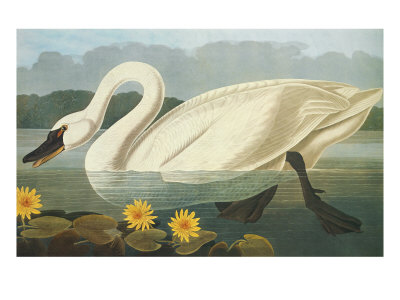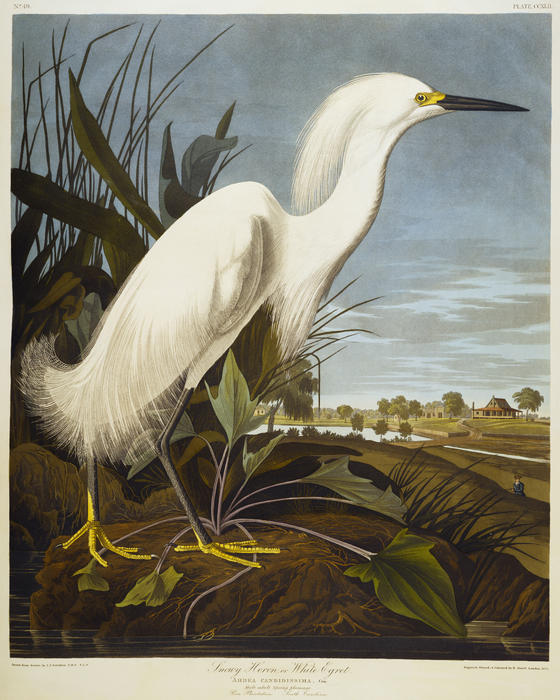
Franz Joseph Haydn wrote this piano trio to be played by a piano, a violin and a cello. I hope you enjoy it.
http://www.youtube.com/watch?v=QCsVG2X_YL4
This is the last poem by Eugene Field I am planning to feature for now. It has some interesting ideas for discussion in it.
At the Door
by Eugene Field (1850-1895)
by Eugene Field (1850-1895)
I thought myself, indeed, secure,
So fast the door, so firm the lock;
But, lo! he toddling comes to lure
My parent ear with timorous knock.
So fast the door, so firm the lock;
But, lo! he toddling comes to lure
My parent ear with timorous knock.
My heart were stone could it withstand
The sweetness of my baby's plea,
That timorous, baby knocking and
"Please let me in,---it's only me."
The sweetness of my baby's plea,
That timorous, baby knocking and
"Please let me in,---it's only me."
I threw aside the unfinished book,
Regardless of its tempting charms,
And, opening wide the door, I took
My laughing darling in my arms.
Regardless of its tempting charms,
And, opening wide the door, I took
My laughing darling in my arms.
Who knows but in Eternity,
I, like a truant child, shall wait
The glories of a life to be,
Beyond the Heavenly Father's gate?
I, like a truant child, shall wait
The glories of a life to be,
Beyond the Heavenly Father's gate?
And will that Heavenly Father heed
The truant's supplicating cry,
As at the outer door I plead,
"'T is I, O Father! only I"?
The truant's supplicating cry,
As at the outer door I plead,
"'T is I, O Father! only I"?





